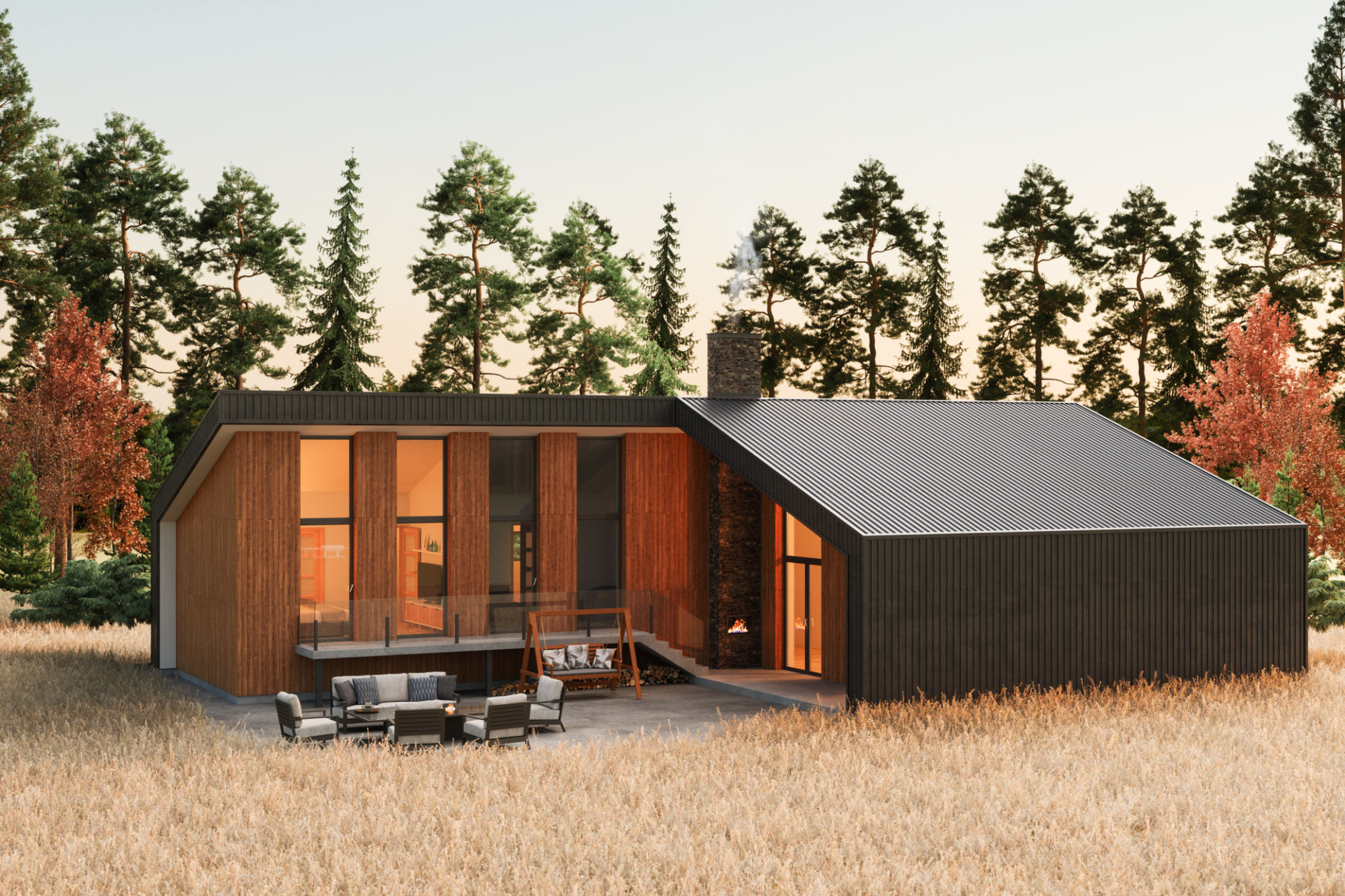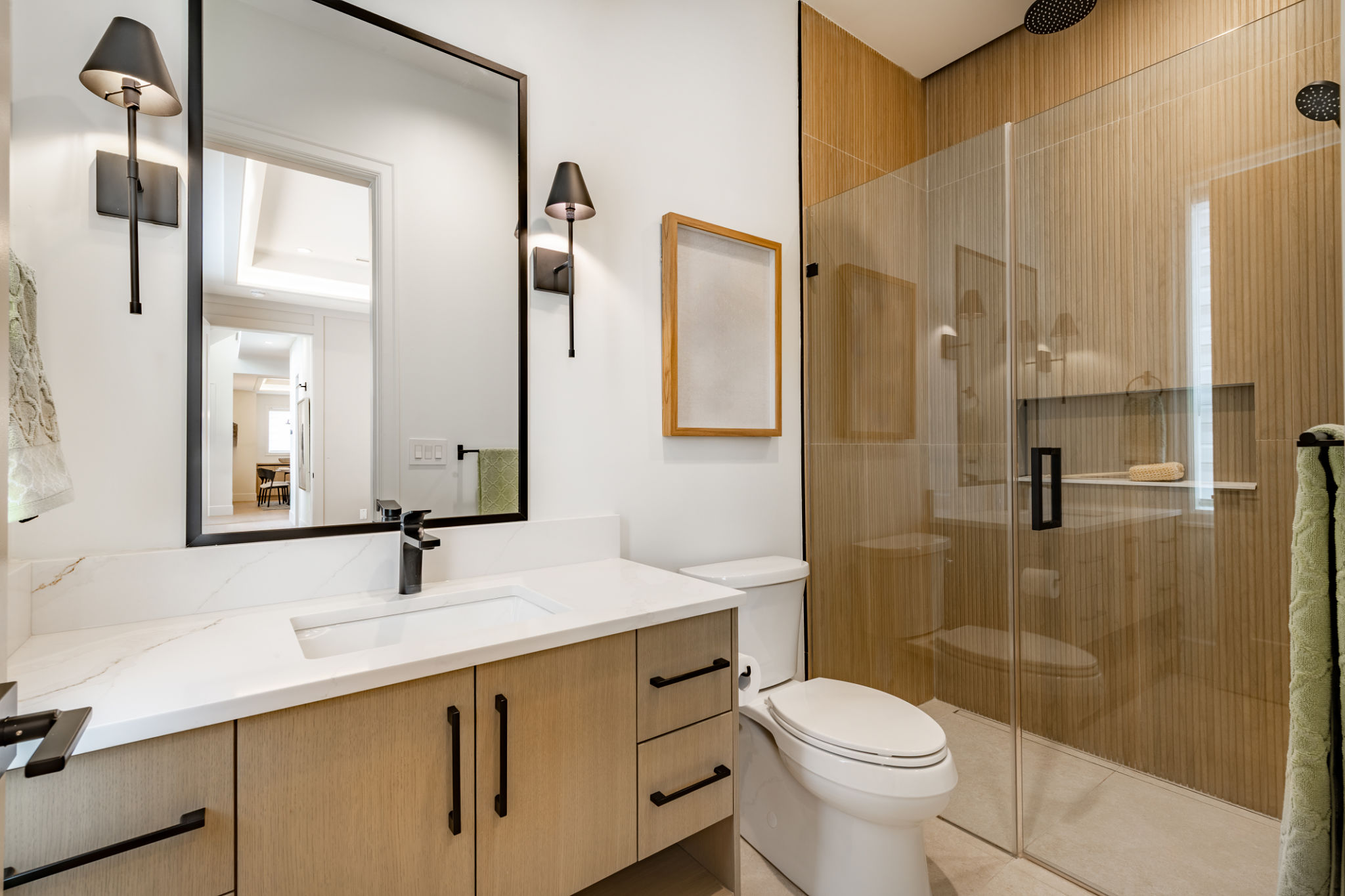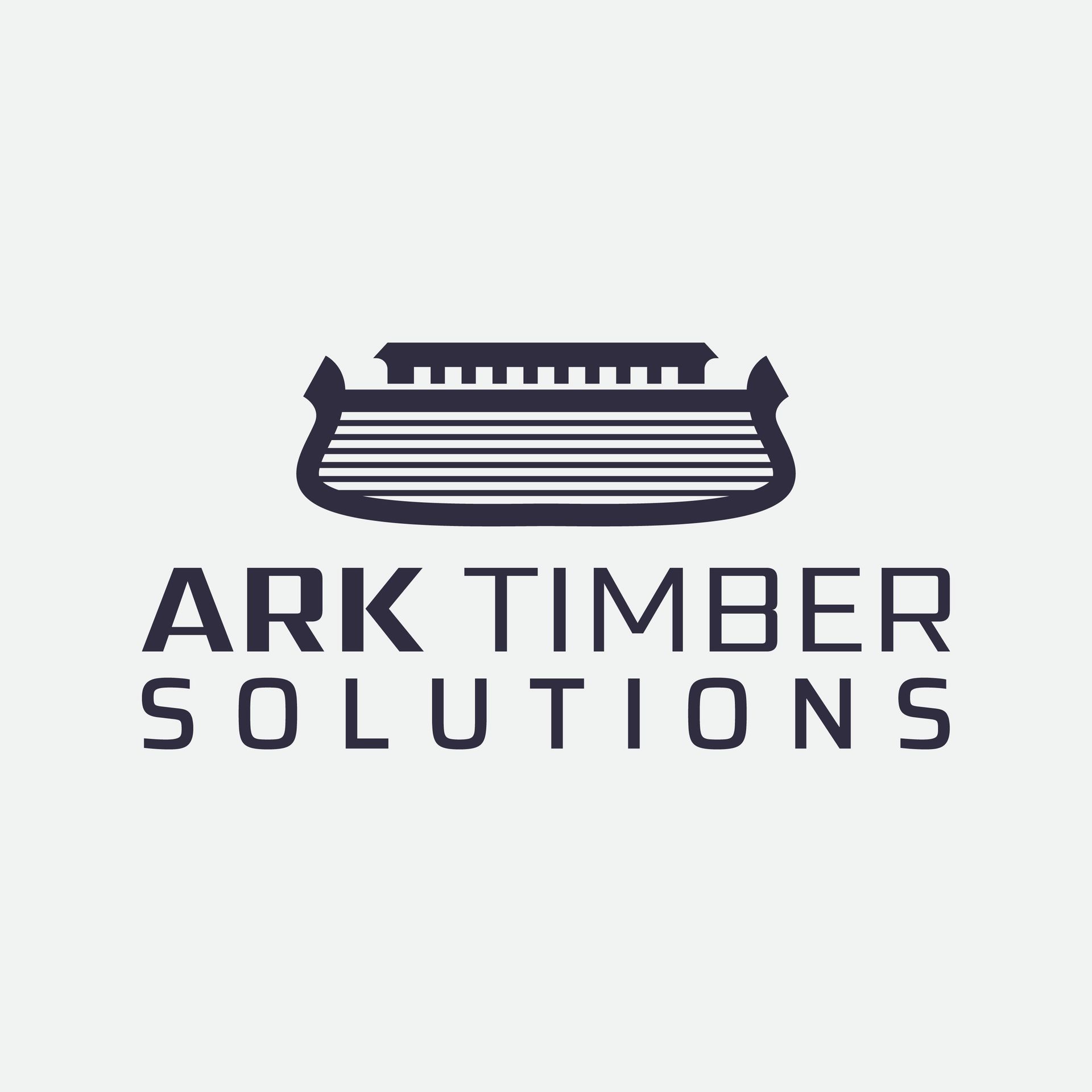Case Study: Successful Timber Frame Extensions in the UK
Introduction to Timber Frame Extensions
In recent years, timber frame extensions have become increasingly popular in the UK. Known for their sustainability, aesthetic appeal, and speed of construction, these extensions offer a versatile solution for homeowners seeking to expand their living space. This case study dives into the successful implementation of timber frame extensions and the benefits they provide.
The timber frame method uses high-quality wood as the primary structural element, which not only provides a strong and durable framework but also complements various architectural styles. The popularity of this construction method is growing rapidly, thanks to its ecological advantages and cost-effectiveness.

Key Benefits of Timber Frame Extensions
One of the most significant benefits of timber frame extensions is their energy efficiency. Timber is a natural insulator, helping to maintain a comfortable indoor climate throughout the year. This can lead to reduced energy bills and a smaller carbon footprint.
Additionally, timber frame extensions offer design flexibility. Whether you're looking to add a contemporary twist to a traditional home or seamlessly blend with an existing modern structure, timber frames can be customized to meet specific design requirements. This flexibility makes it easier for architects and builders to accommodate unique homeowner visions.

Case Study: A Successful Timber Frame Extension Project
One notable project involved a Victorian-era home in South West England. The homeowners wanted to preserve the historical charm of their property while adding a modern touch. By opting for a timber frame extension, they managed to achieve this delicate balance.
The project included a spacious open-plan kitchen and dining area, which seamlessly integrated with the existing structure. The use of large, energy-efficient windows maximized natural light, creating a bright and inviting space. The choice of timber allowed for an environmentally friendly build without compromising on style or function.
Challenges and Solutions
While timber frame extensions offer many advantages, they are not without challenges. One common issue is ensuring the timber is treated correctly to prevent decay and insect damage. In our case study, the builders used pressure-treated wood and applied protective coatings to enhance durability.
Another challenge is achieving effective acoustic insulation. The project team addressed this by incorporating advanced soundproofing materials within the walls and ceilings, ensuring that noise from the busy family kitchen did not disrupt other areas of the home.

Conclusion: The Future of Timber Frame Extensions
As environmental concerns continue to rise, the demand for sustainable building solutions like timber frame extensions is expected to grow. These structures not only offer practical and aesthetic benefits but also contribute positively to environmental sustainability.
For homeowners looking to expand their living space without compromising on style or ecological impact, timber frame extensions present a compelling option. With ongoing advancements in construction techniques and materials, the future of timber frame buildings looks bright, promising even more innovative and efficient solutions.
